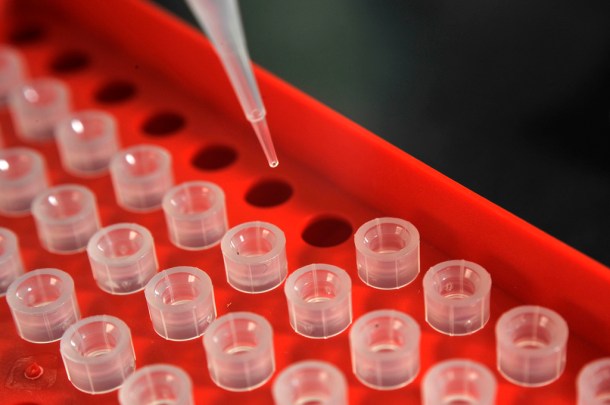The use of stem cells for medicinal purposes is closer than ever. Scientists from Hong Kong and Oxford have now managed to take a step further by isolating these cells from the brains of mice using magnetic nanoparticles.
One of medicine’s great hopes for the future is based on the use of stem cells, which may enable us to manufacture artificial organs for transplant or to repair damaged tissues. Although today stem cells are still being investigated by scientists around the world, it seems clear that future treatments for protecting our health will be based on the use of these all-important cells.
These cellular tools, however, have not been without controversy. For years they could only be isolated through the use of embryos, causing considerable ethical debate. Part of that discussion was closed in 2006 when Japanese researcher Shinya Yamanakaobtained iPS-type stem cells without using embryos –a feat that won him the Nobel Prize for Medicine or Physiology in 2012.

Obtaining stem cells using magnetic properties
The main problem faced by scientists using the two aforementioned types of stem cells is the genetic instability of these cell-types and the possible immune rejection that could occur when used in medical practice. Furthermore, using isolated stem cells from specific regions of the body is still a challenge, especially if we want to do so in one of our most complex, fascinating and delicate organs: our ownbrain.
However, Research is progressing on the shoulders of giants, as the philosopher Bernard of Chartres would say. The latest discovery by scientists at Hong Kong and Oxford could allow stem cells from the nervous system to be isolated using magnetism.
Incredible though it may seem, these researchers were able to extract stem cells from live adult mouse brains by using magnetic nanoparticles. The technique, yet to be implemented in humans, opens the door to the isolation of stem cells from the nervous system without the need for complicated surgical procedures in the brain.

In their study, the team led by D.K.Y. Shum managed to combine antibodies conjugated with these nanoparticles that were capable of specifically detecting these stem cells, so that they could then be easily removed. Their research also assured the non-toxicity of this technique, which would theoretically enable it to be applied and studied in humans in the future.
The results, published in the journal Angewandte Chemie, are an important step towards using this type of stem cells in years to come. Perhaps in time we will be able to use them as a treatment for certain neurodegenerative diseases. Without doubt, the work of these scientists brings us closer to this possibility.
Images | Dayna Mason (Flickr), ILRI (Flickr), EMSL (Flickr)









